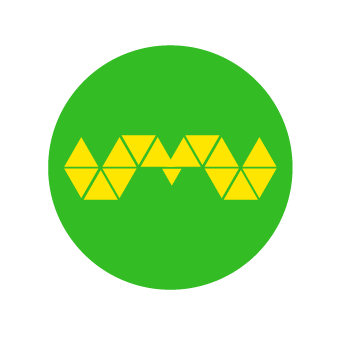The rule of three is one of the most powerful concepts in writing and communications. I’ve learned this from Talk like Ted.
“The rule of three simply means people can remember three pieces of information really well; add more items and retention falls off considerably ”— Carmine Gallo
Three is all around us
We have in literature, The Three Little Pigs, Aladin’s three wishes, The Three Musketeers, The Three Blind Mice, etc. Historic speeches use this effective pattern too–“Friends, Romans and countrymen” by Julius Caesar. In design and arts you have; “three primary colours and the rule of thirds. Three is pervasive as the oxygen we breathe.
Here in Singapore you have the majority of government offices having three letter word acronyms (e.g. MOE, MOM, IDA, etc). Highways are PIE, AYE, ECP. Still not convinced how powerful the rule of three is? How about PAP (People’s Action Party)? You will never see the last of three.
What sorcery is this?
Our brains are wired to love threes. A three part pattern helps the brain process information better. Why three? It creates a flow and rhythm that helps our brain connect the dots better and see the big picture clearer.
Why does it work?
First, it helps to simplify the concept.
You are forced to simplify your ideas by focusing on three points. This will prevent you from beating around the bush.
Second, it helps to strengthen the concept.
You are forced to make stronger connections between your points. It needs to be strong enough to support the main idea.
Lastly, it helps to deliver clearer concepts.
You are forced to make your points flow seamlessly from start to finish. This makes it easier for your target audience to follow your points and grasp your main idea fully.
How does it work?
To apply the rule of three and create any type of framework, simply break your one main idea/message/concept into three key points.
Here’s how I harnessed the power of three…
Three part Story-telling Journey
When formulating brand strategies, I use a three part story telling journey. I start with where you are now, how to get there, and where you want to be. This creates a flow where users can see how they are part of the journey and follow the journey from start to finish.
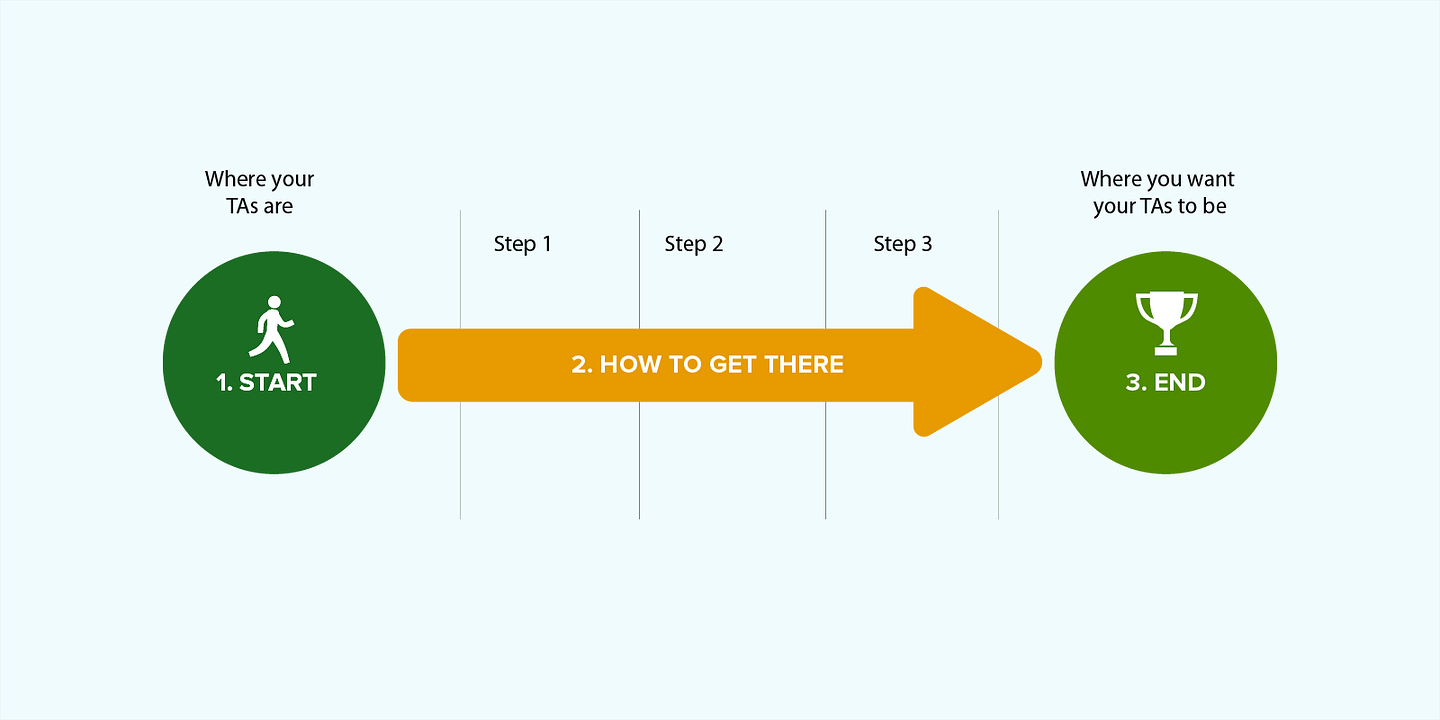
In this example, I created a user journey for future Volkswagen customers. I used three R’s (Reconnect, Resonate and Reassure)so that my client can easily recall the different parts of my strategy. 
Three Pillar Content Framework
I organise content under three main categories (pillars). These three pillars cover the range of content required to support the content mix.
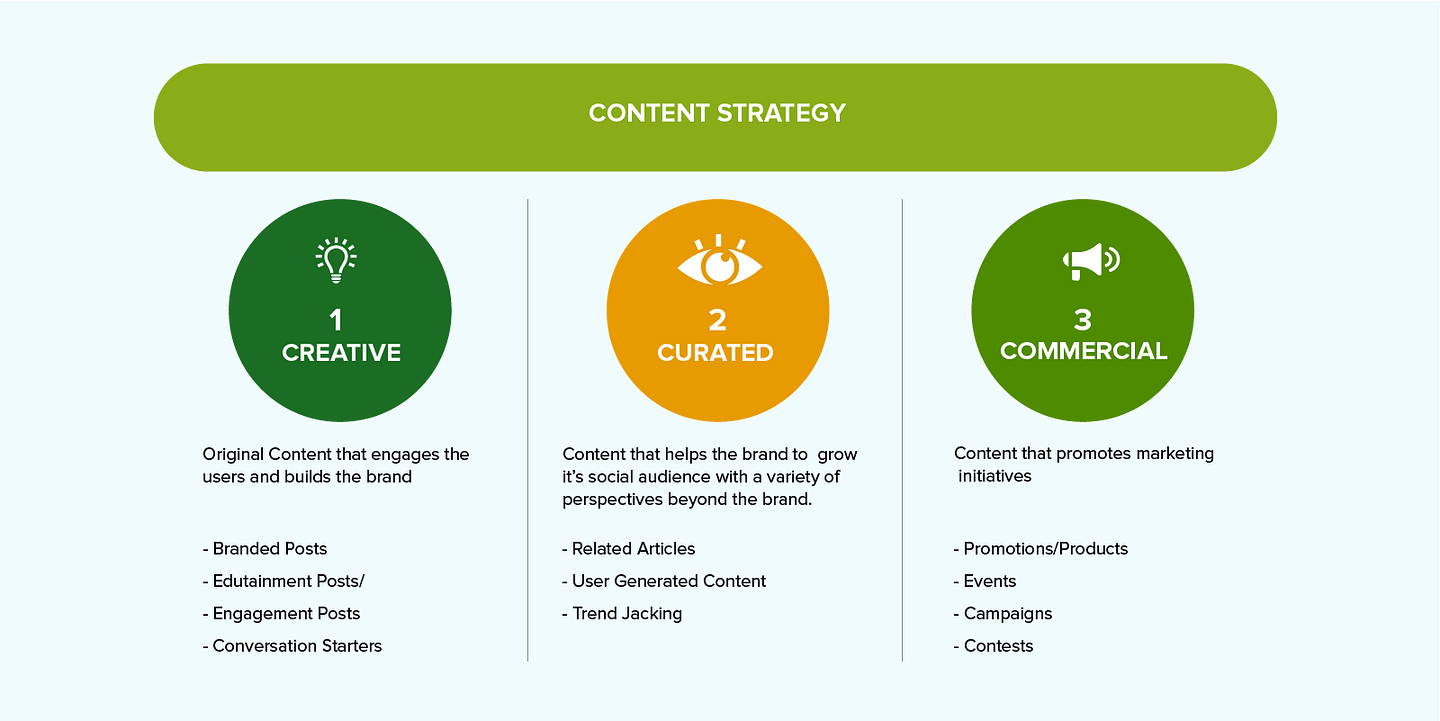
Here’s how Nike used a three pillar content framework.
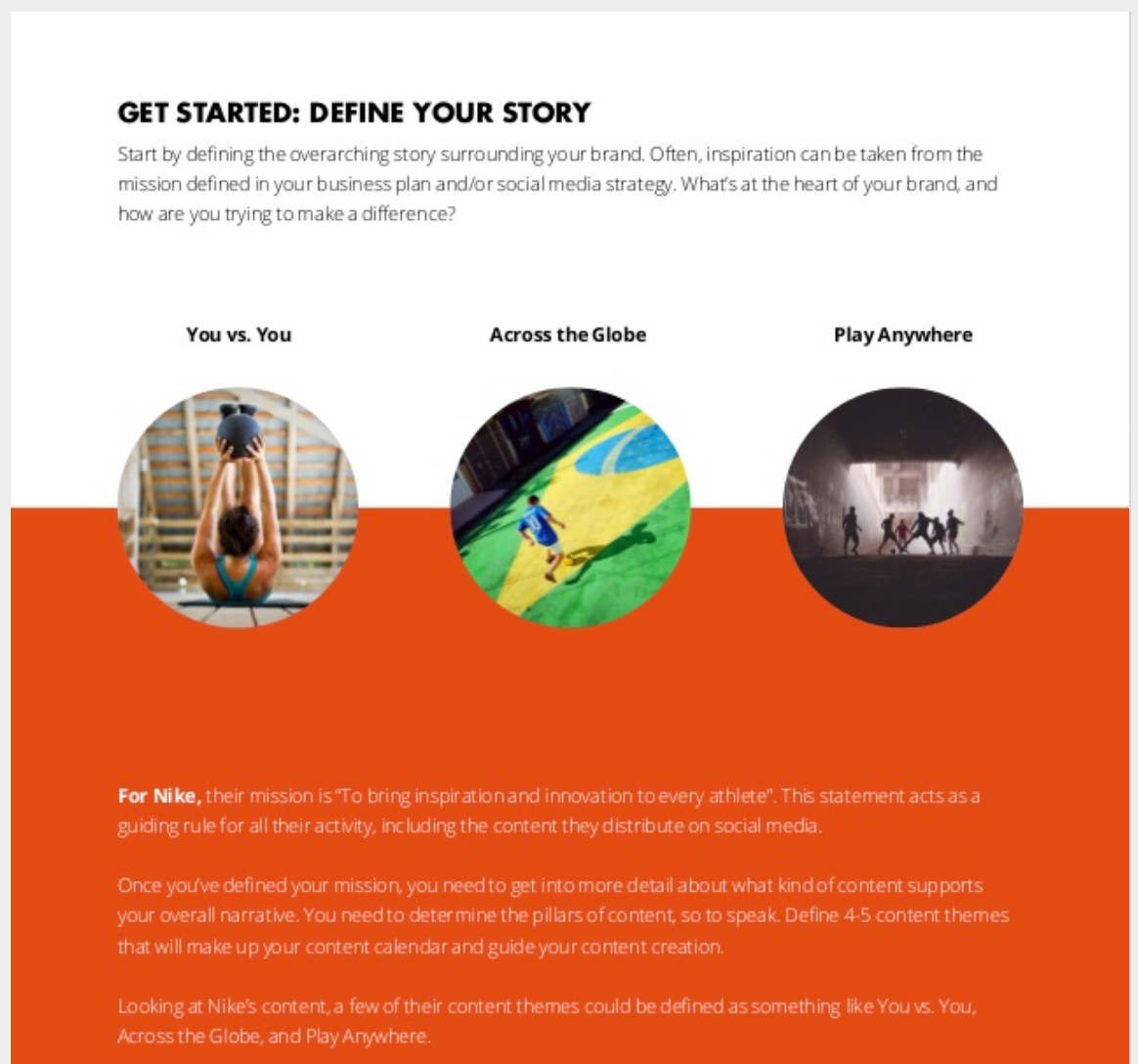
It follows the same principle from the message map template developed by Gallo Communications Group. This is used by public speakers in writing presentation outlines. Using the same methodology, three key points are identified. And then each key point is divided into three sub points to give further explanation.
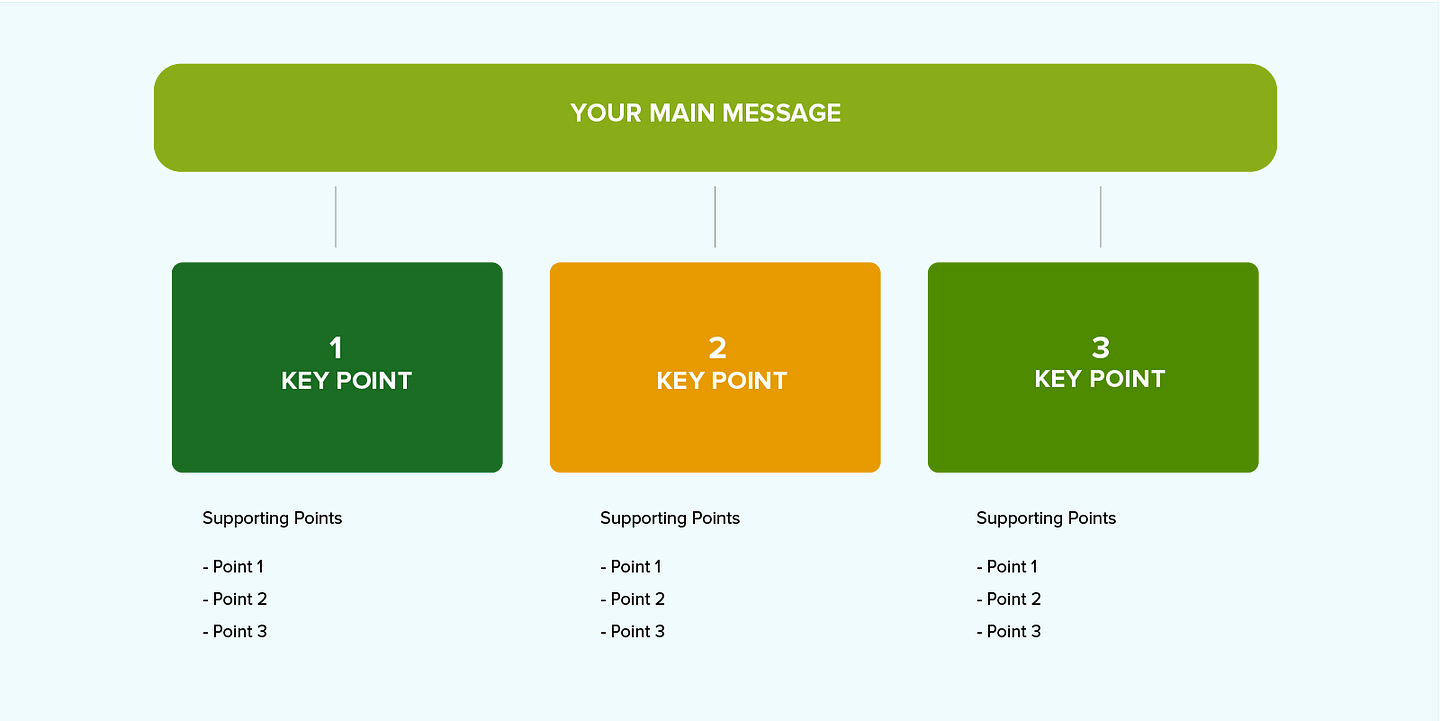
Here’s how Steve Jobs’s commencement speech is analysed to reveal the rule of three at work.

Three Main Navigation Links
When designing a website, I group information and content in multiples of three. With a streamlined information architecture, it is easier for users to navigate the site and it also enhances the overall user flow. This is an idea that I’ve borrowed from online service/shopping websites.



Three Keyframe Ad Banner Storyboard
When designing interactive banners, I break the entire animation into three keyframes. I start off with a question headline, followed by the USP(Unique Selling Proposition) and finally a call to action.
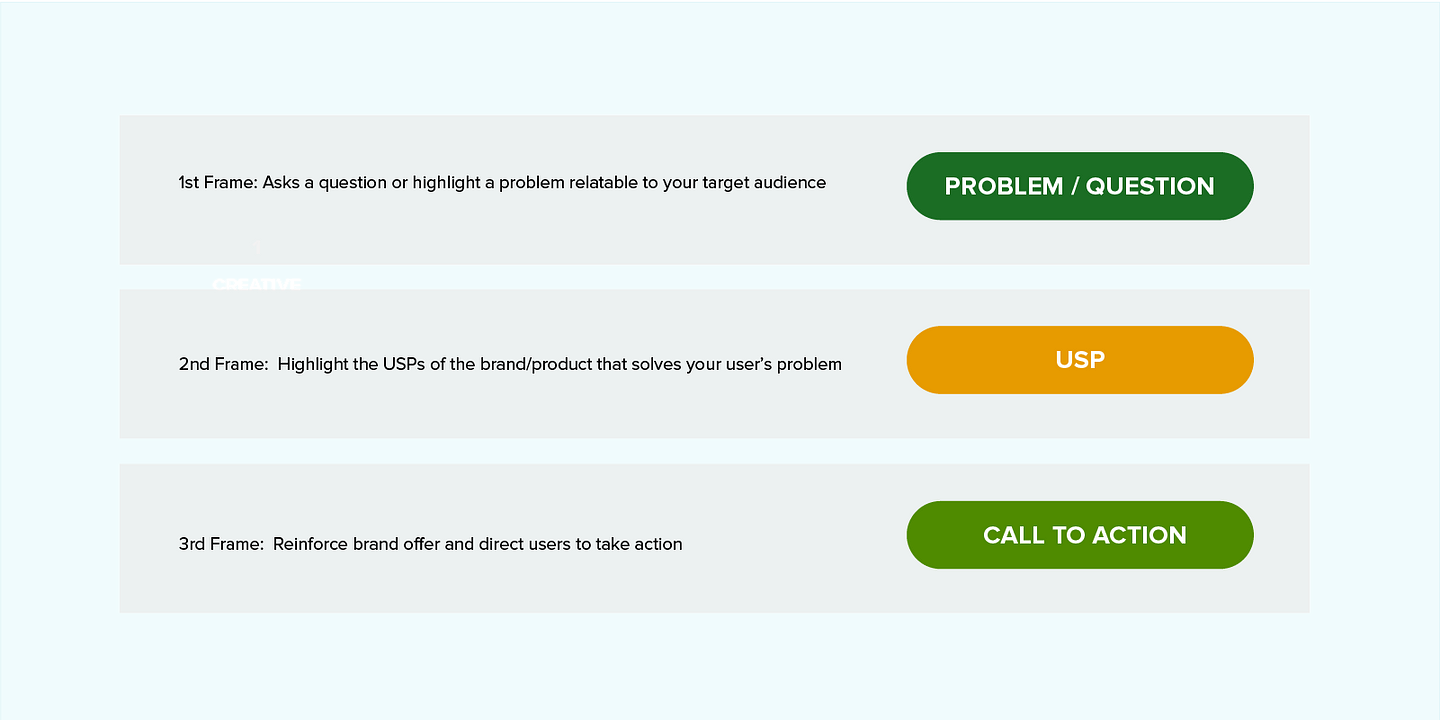
Here is a sample ad banner storyboard
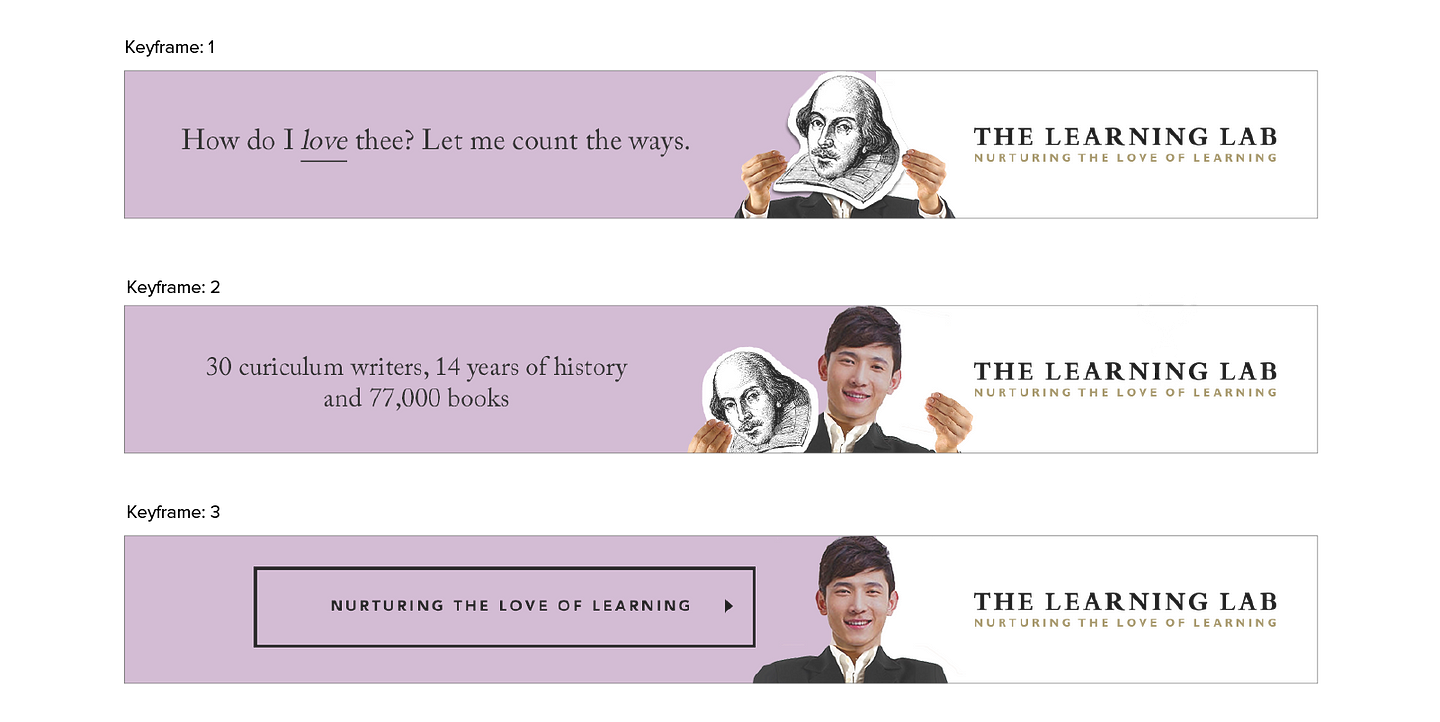

Three part Visual Creation
When creating visuals, eye movement is important. I break the space into three parts. The headline, the body and the footer.

This follows any other ad posters formats that you see.
Three Key Elements Checklist
When checking creatives, I break down the items into groups of three; Visual Elements, Copy Elements, Brand Elements.
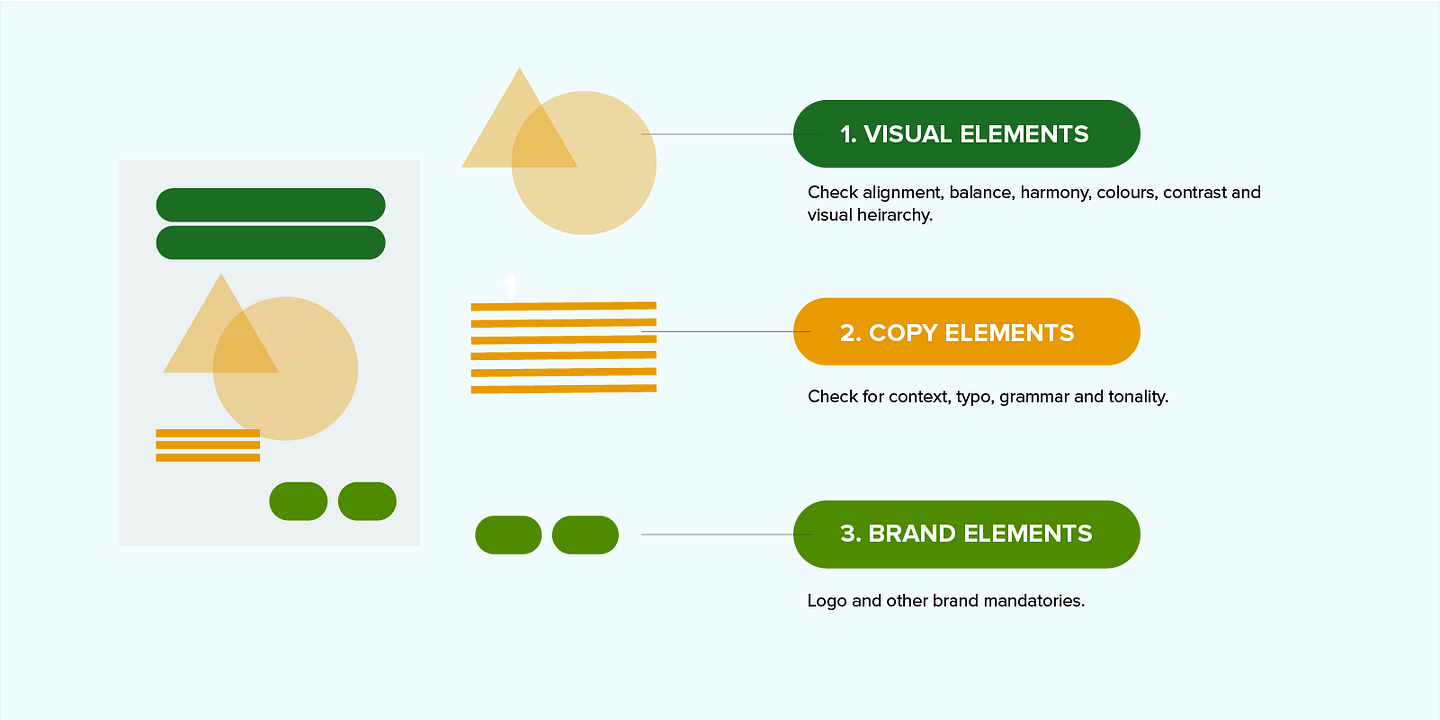
The rule of three is truly omnipresent. It is a remarkable and flexible framework that can be applied in any type of work.
Next time you are stuck with a challenge, start counting… “1,2,3.”
Any other ideas where we can apply the rule of three?
Share your framework with me!
This article was first published on Medium.

